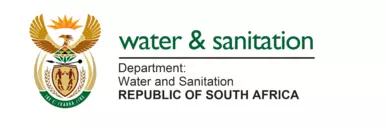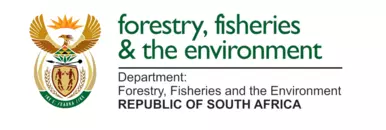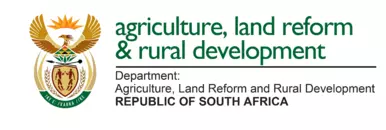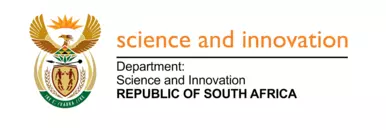Recent Changes in Legislation
There have been several recent changes in legislation related to the energy crisis in South Africa. Here are a few key examples:
The Integrated Resource Plan (IRP) 2019: This is a national policy document that sets out the country's energy mix and electricity generation capacity for the next decade. The IRP 2019 includes an increased focus on renewable energy, with a target of adding 14.4 GW of wind and solar power to the grid by 2030.
The amendment of Schedule 2 of the Electricity Regulation Act (ERA): In 2020, the South African government amended Schedule 2 of the ERA to raise the threshold for embedded generation projects from 1 MW to 100 MW. This means that companies and municipalities can now generate up to 100 MW of their own electricity and feed it into the grid without needing to apply for a generation license from the National Energy Regulator of South Africa (NERSA). This threshold of 100 MW was then removed in 2022.
The implementation of Bid Window 5 of the Renewable Energy Independent Power Producer Procurement Programme (REIPPPP): In December 2021, the Department of Mineral Resources and Energy (DMRE) launched Bid Window 5 of the REIPPPP, which seeks to add an additional 2.6 GW of renewable energy capacity to the grid. The bid window includes a focus on energy storage and community participation.
These recent changes in legislation demonstrate the South African government's commitment to addressing the energy crisis by increasing the country's renewable new generation energy capacity and enabling greater participation from independent power producers and other stakeholders.





